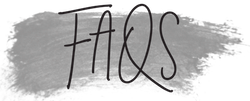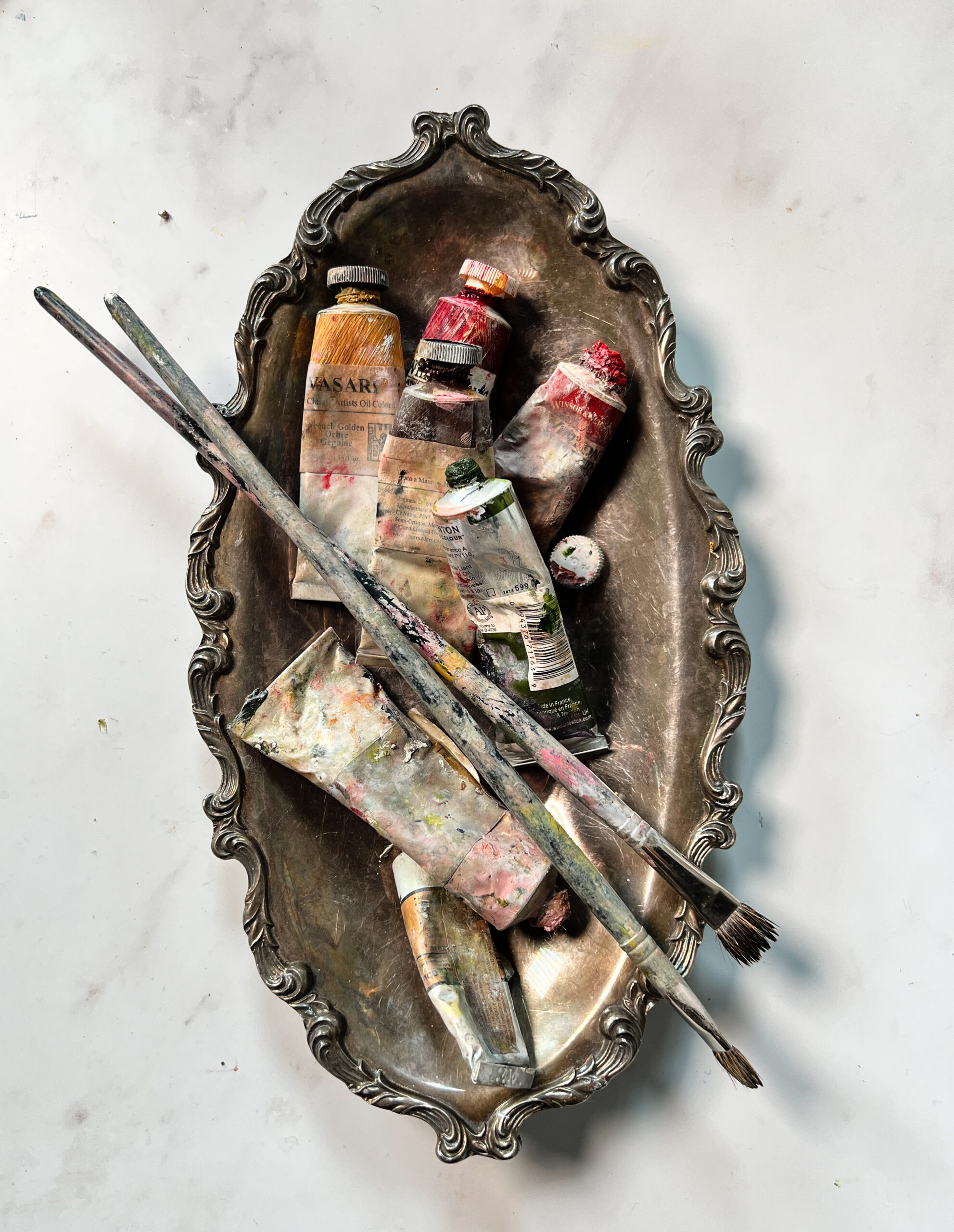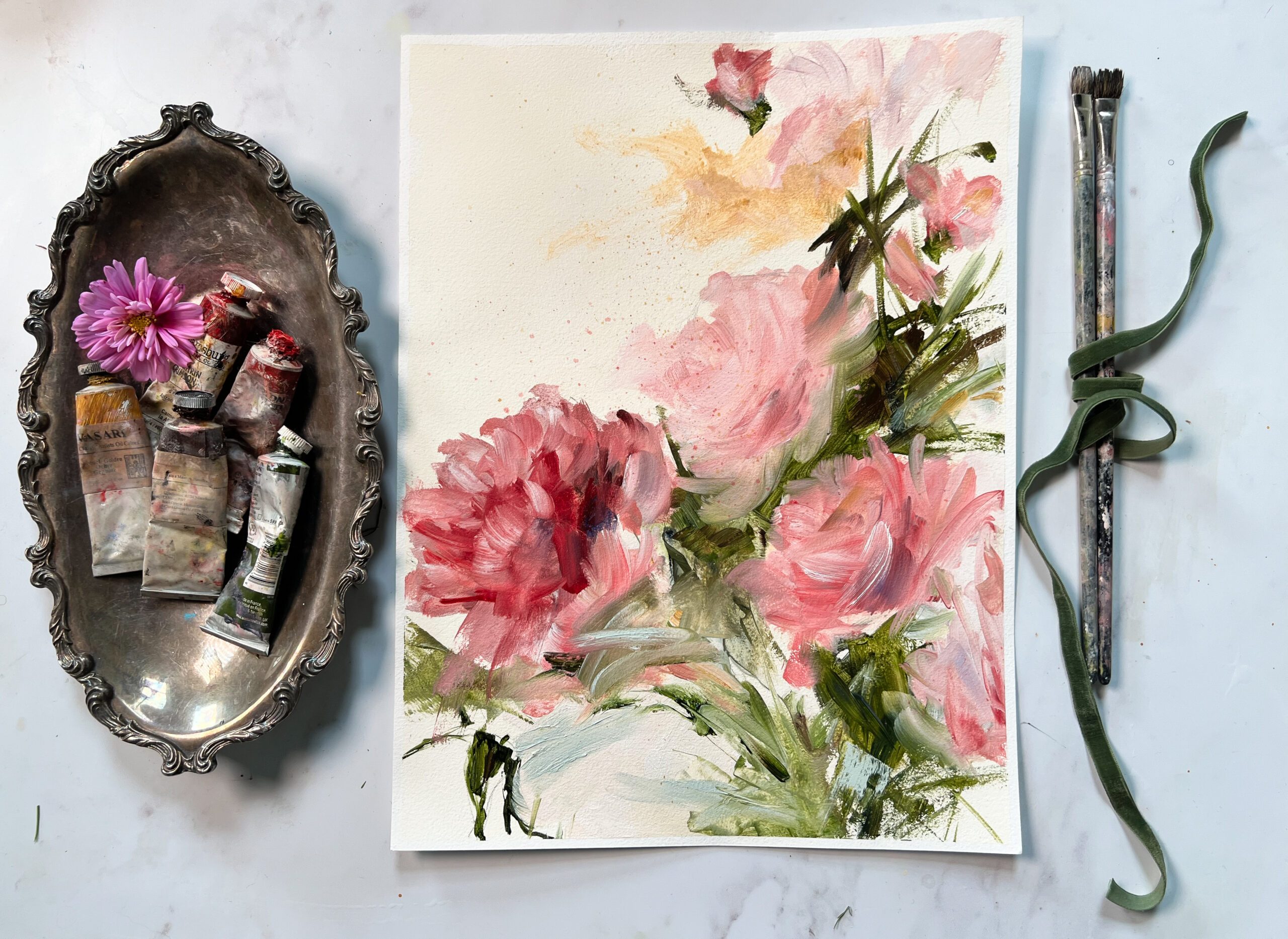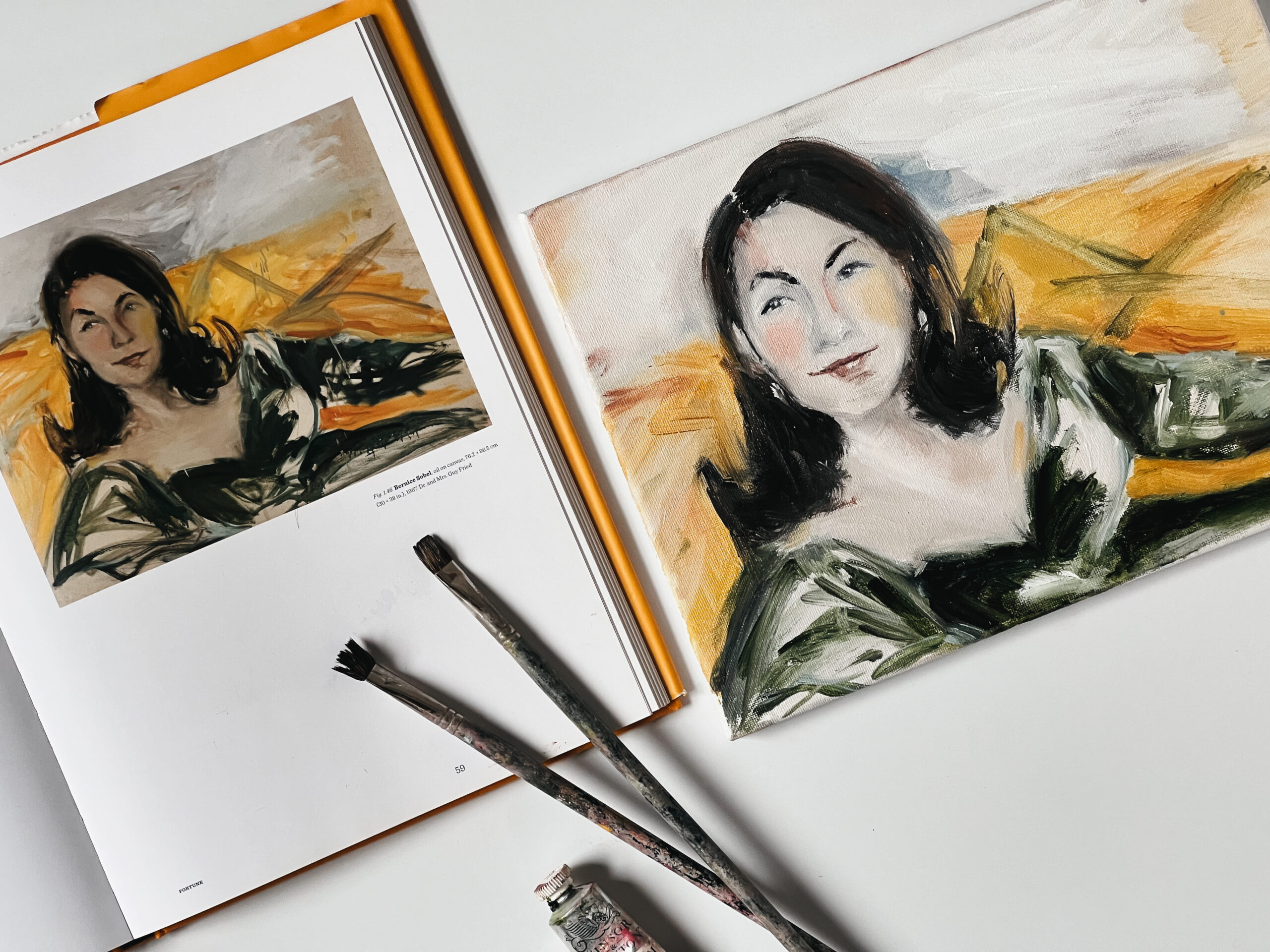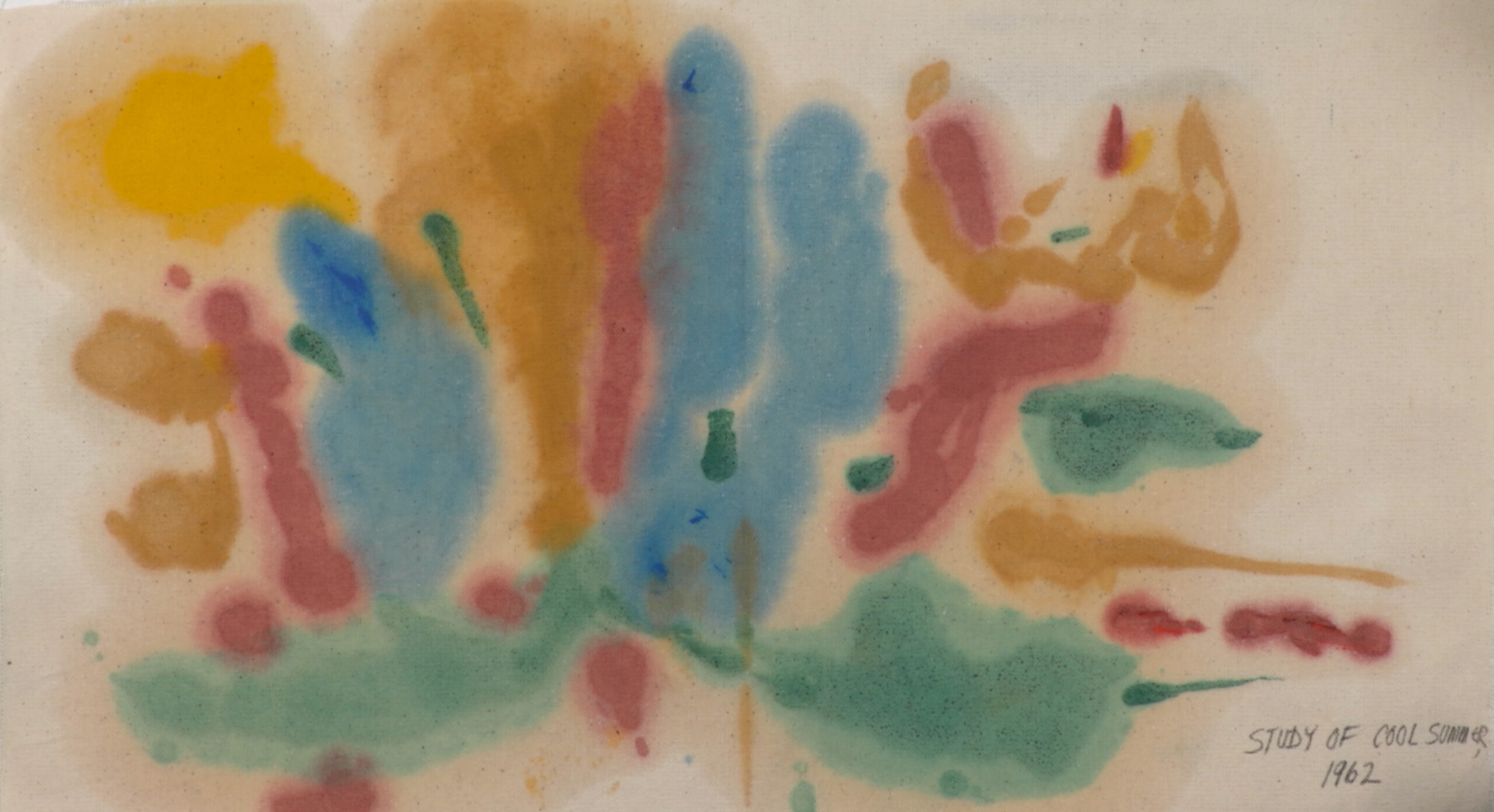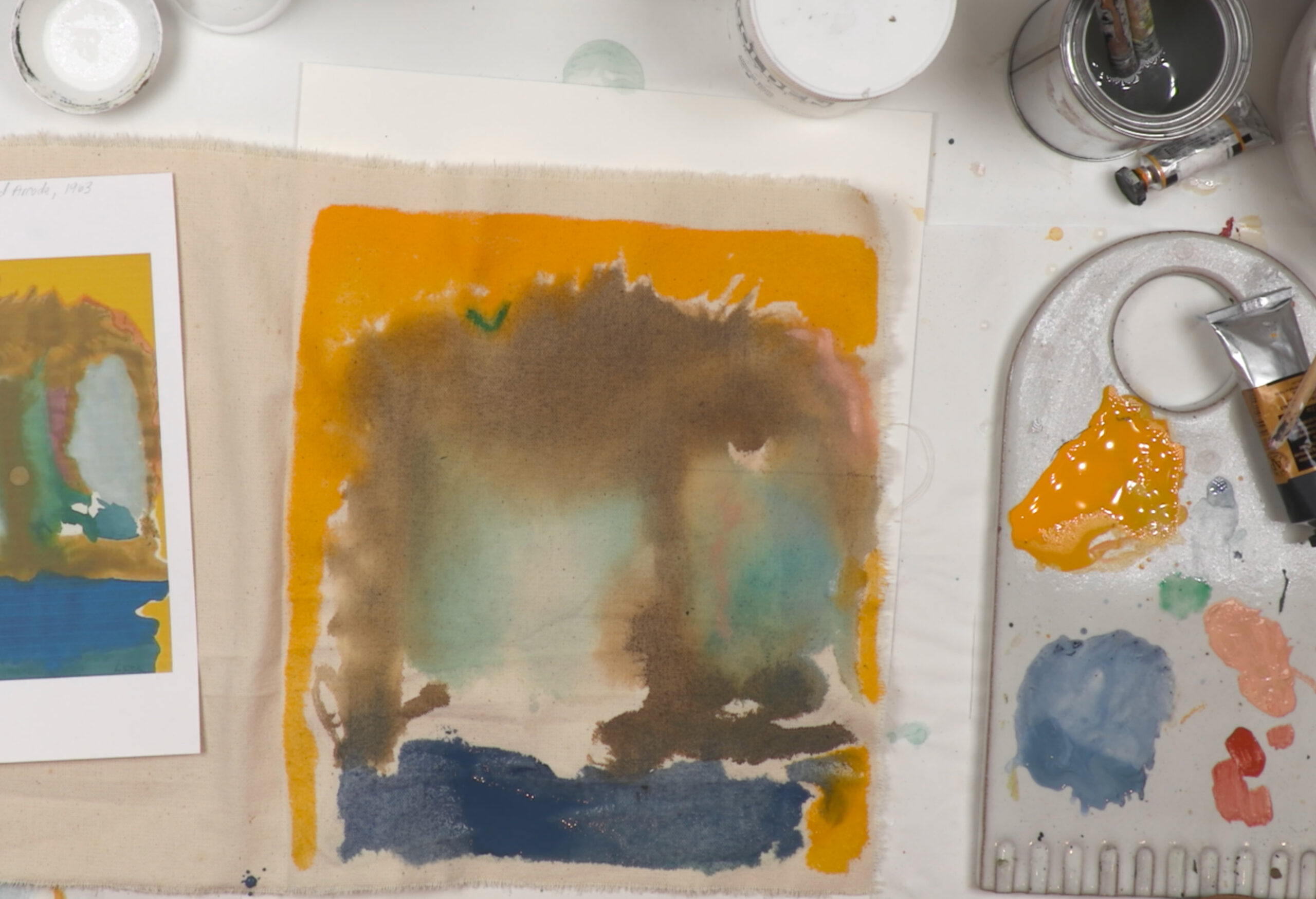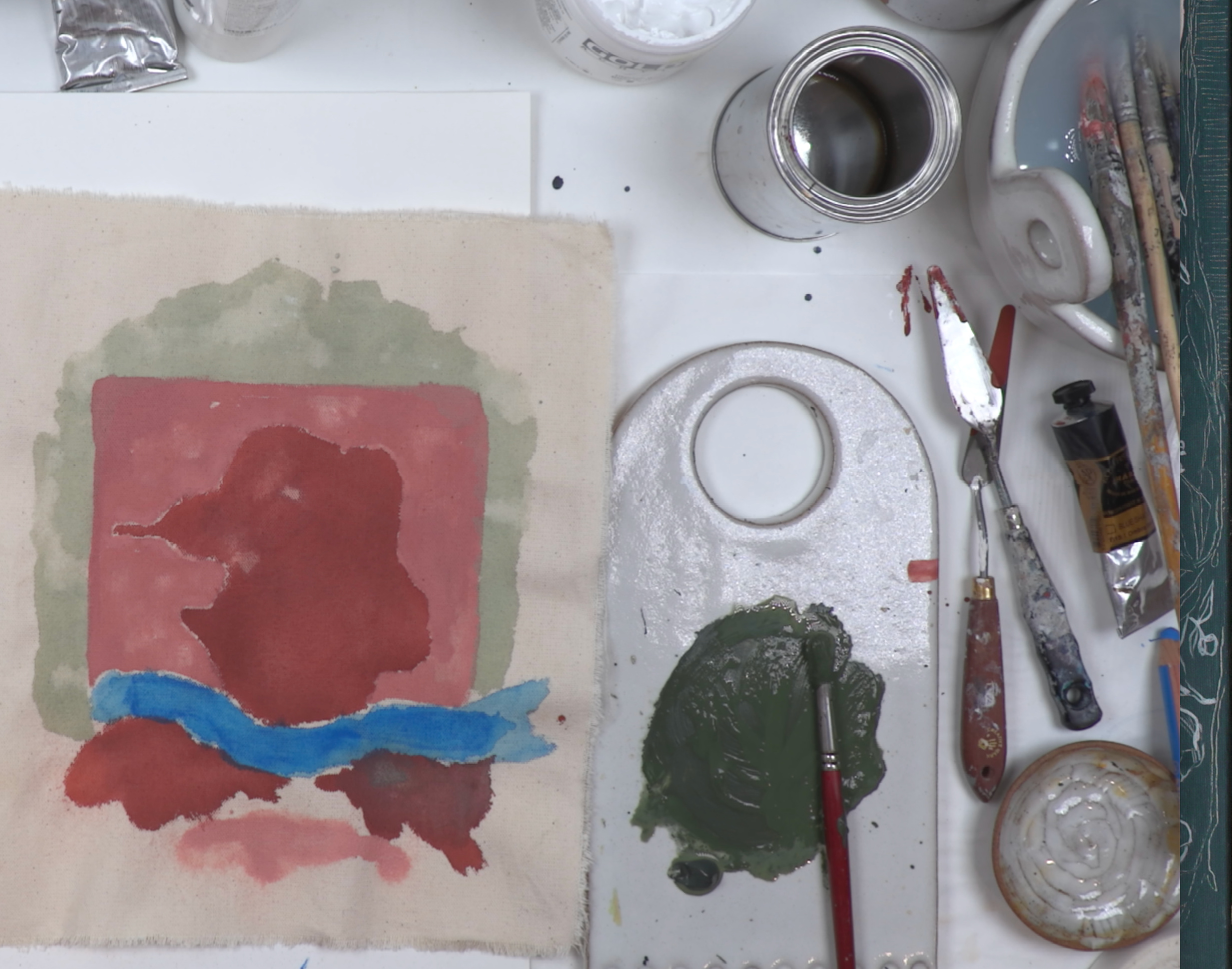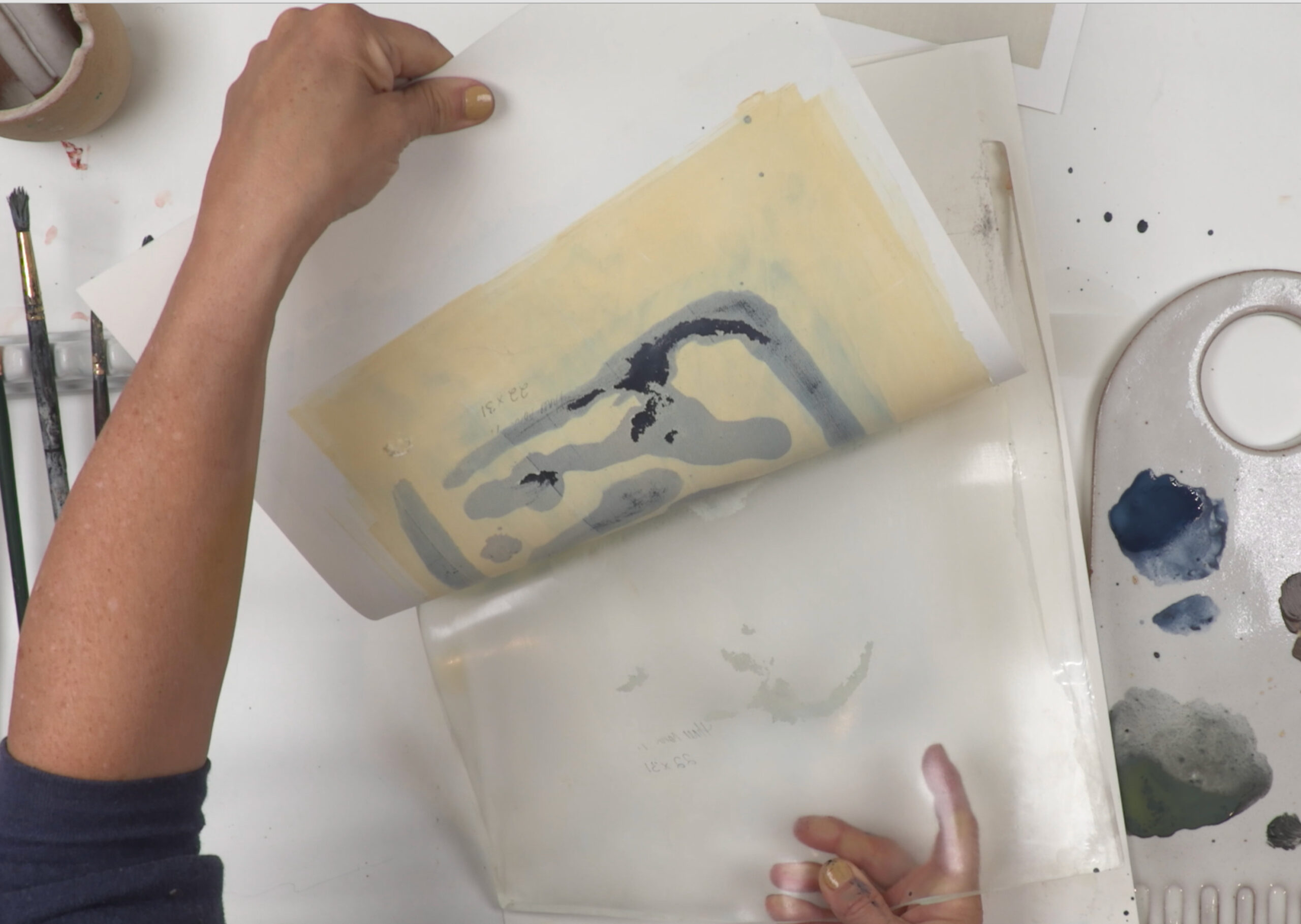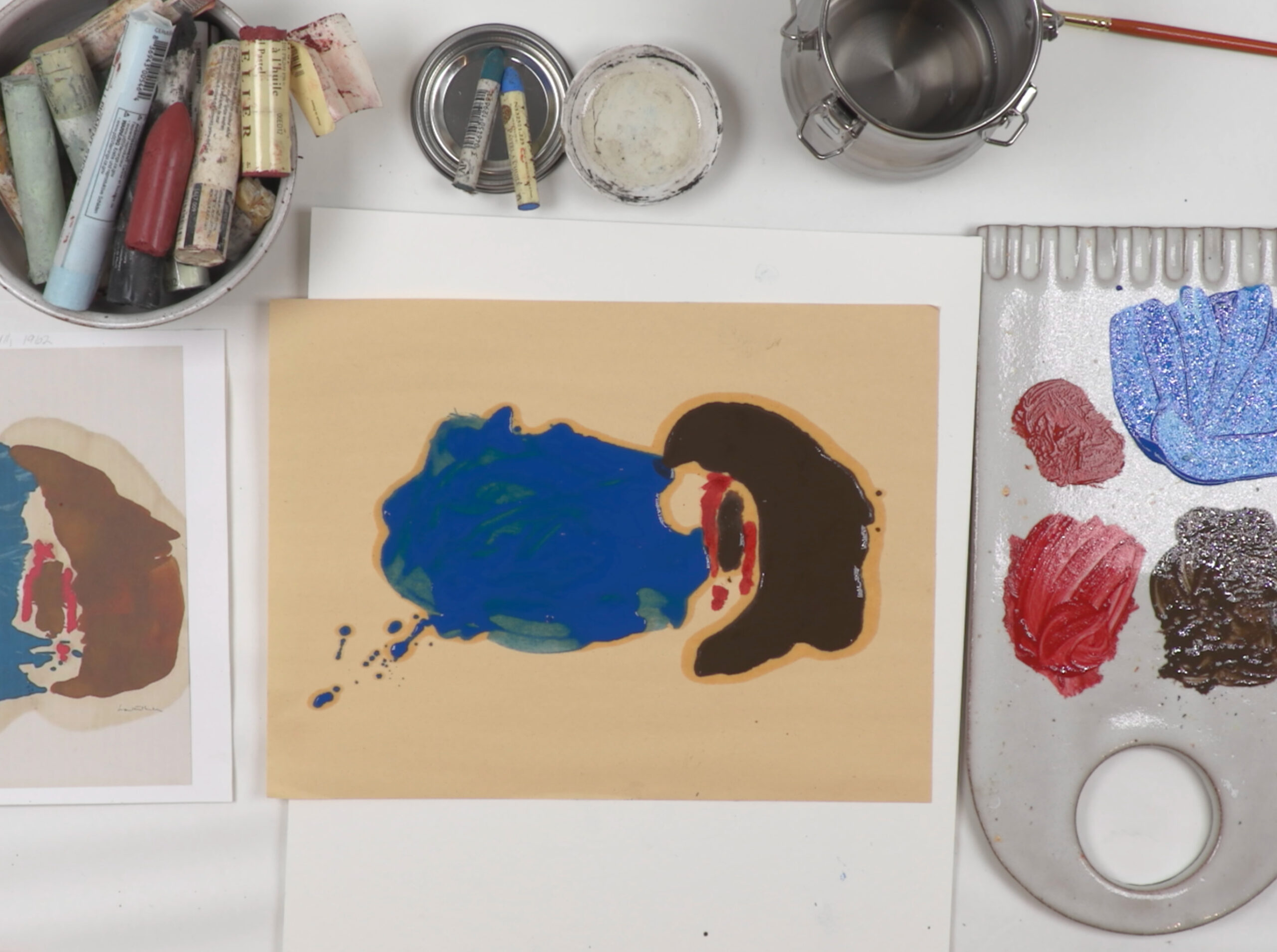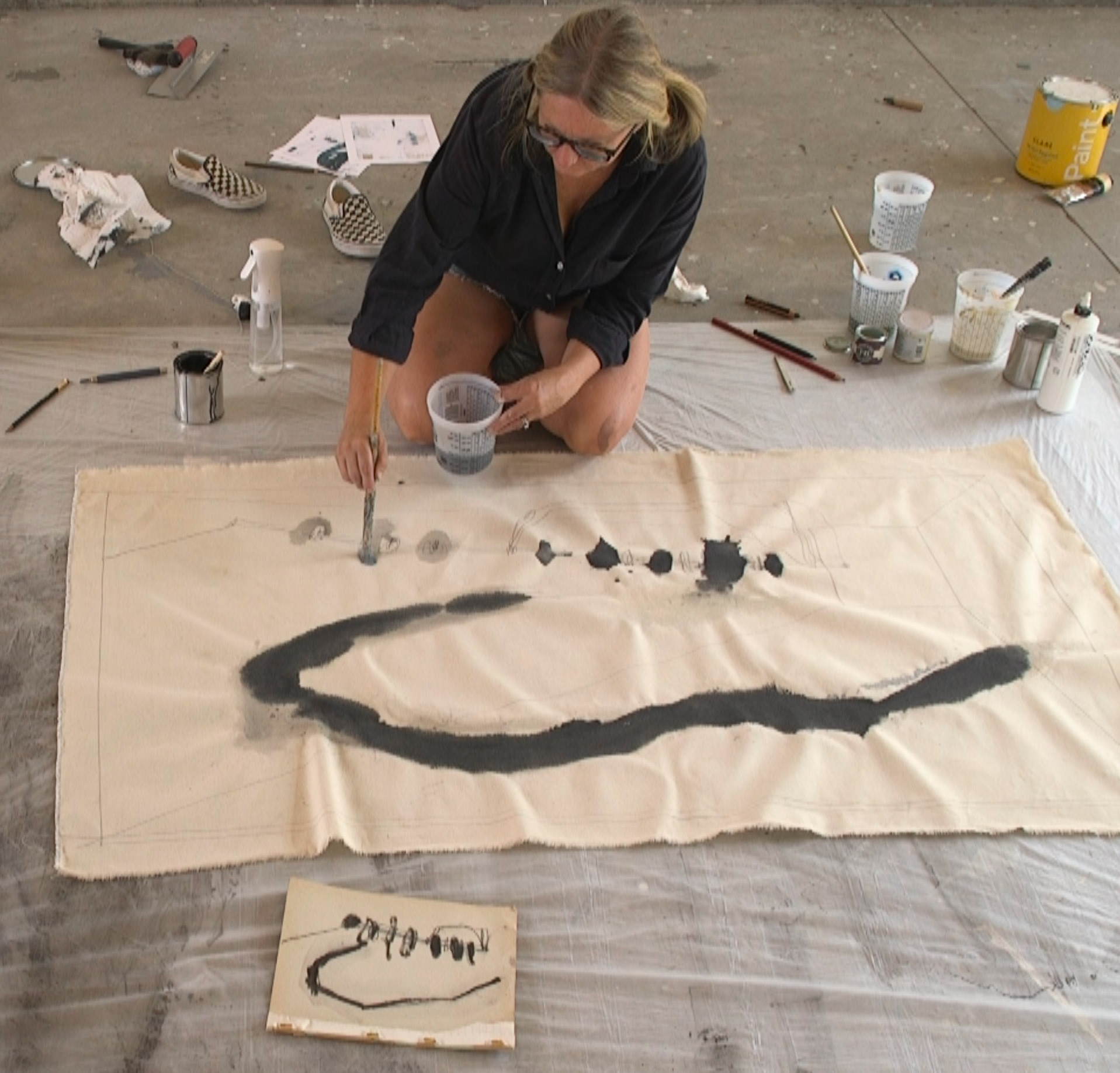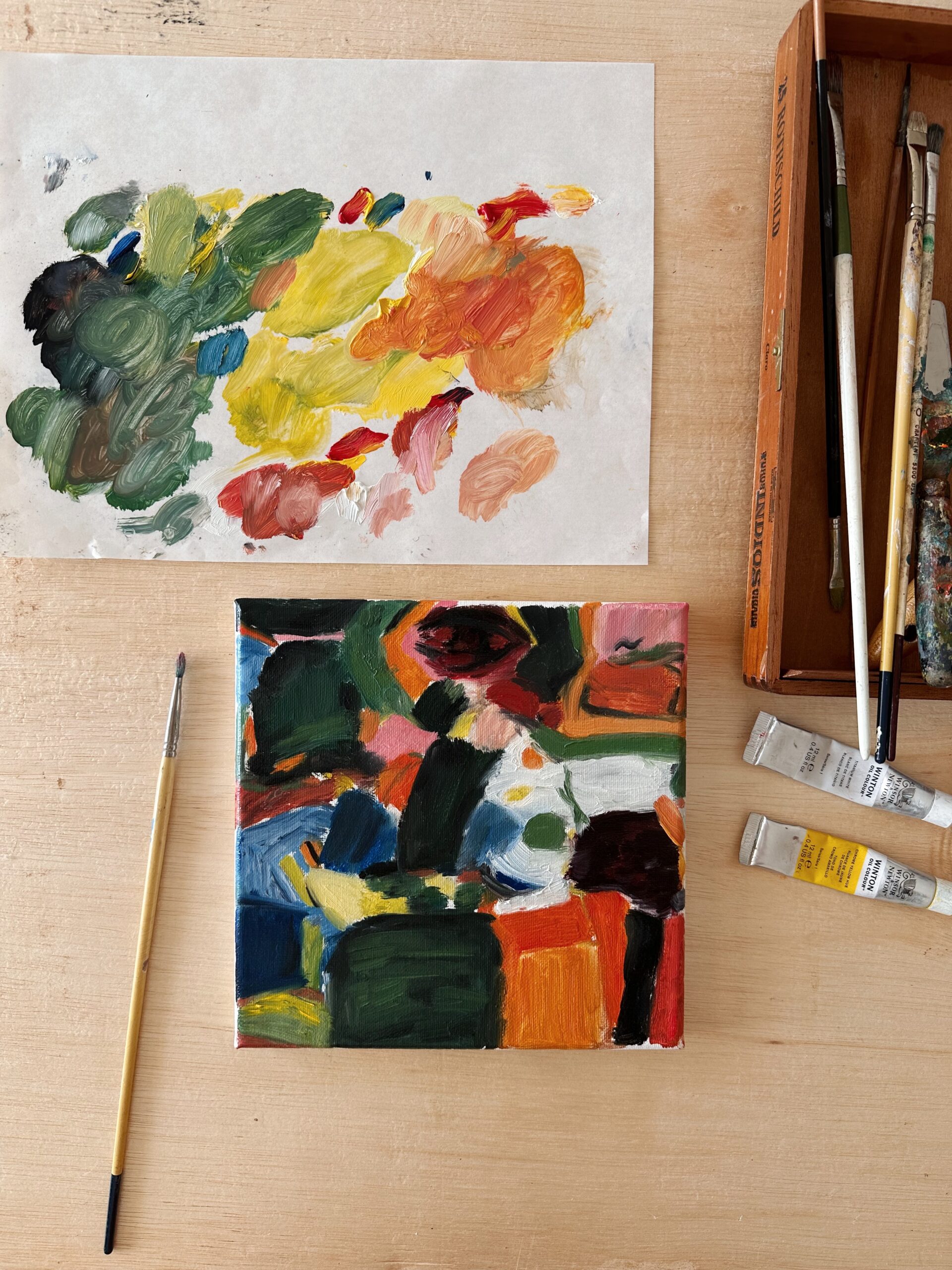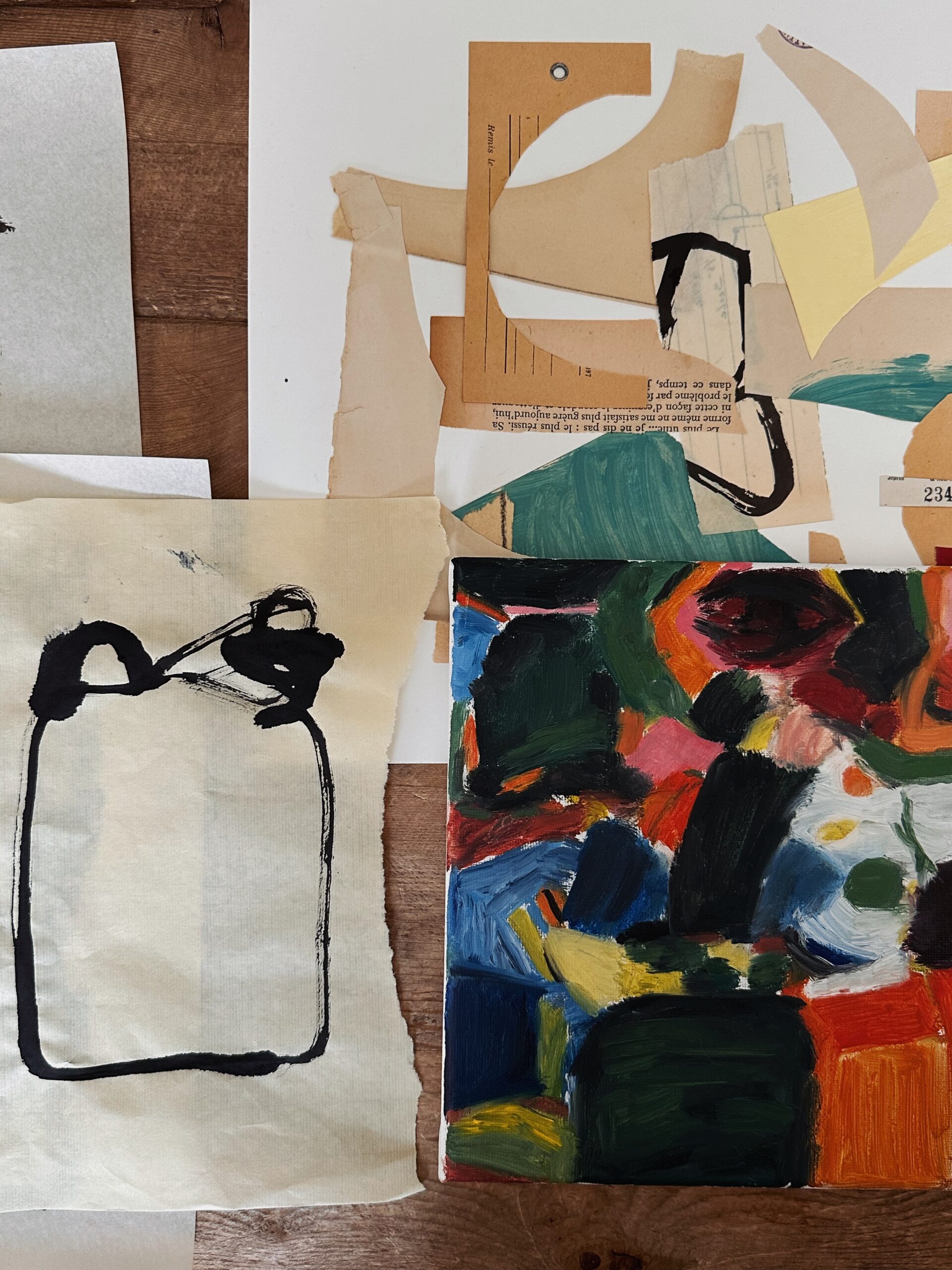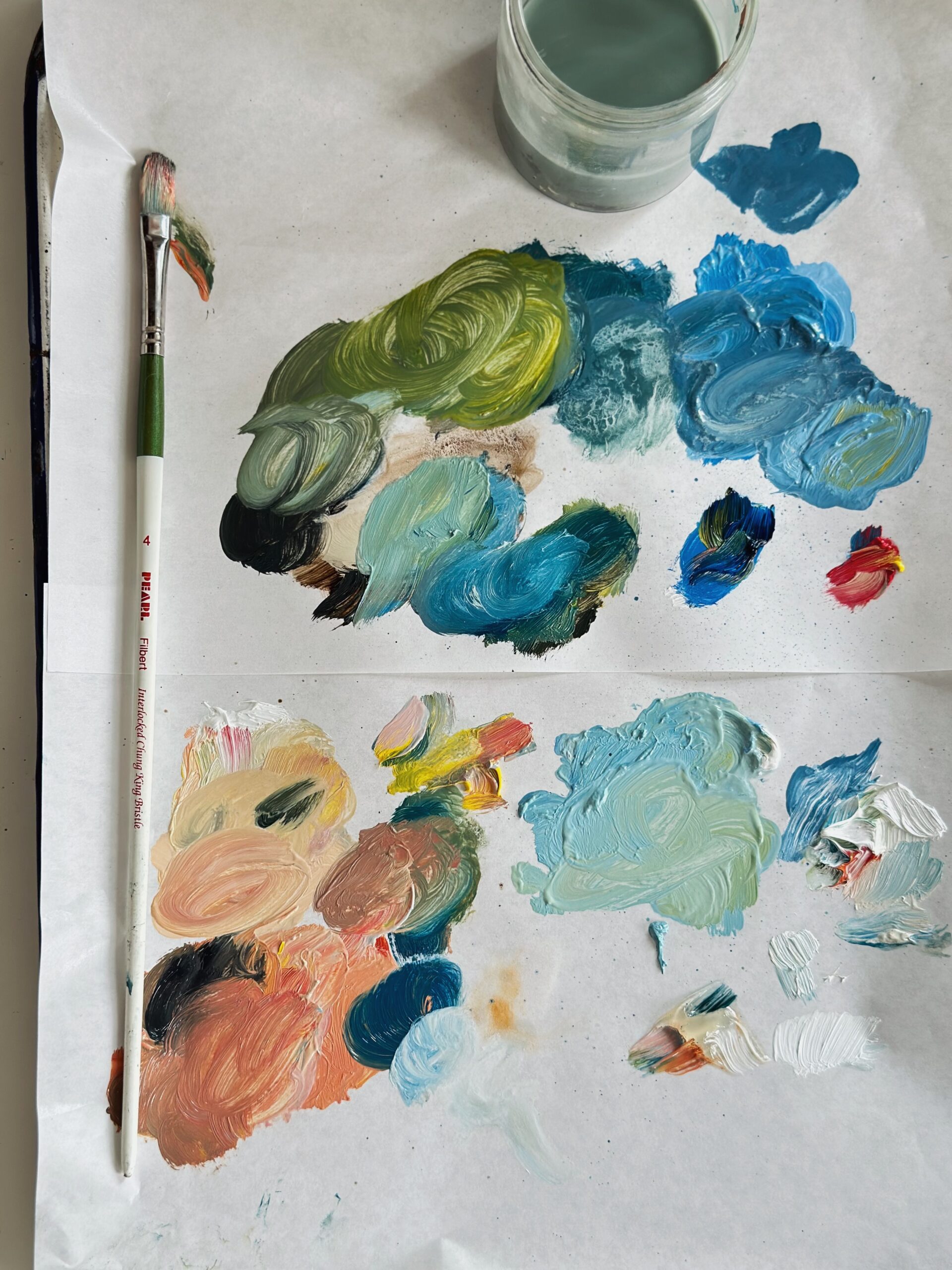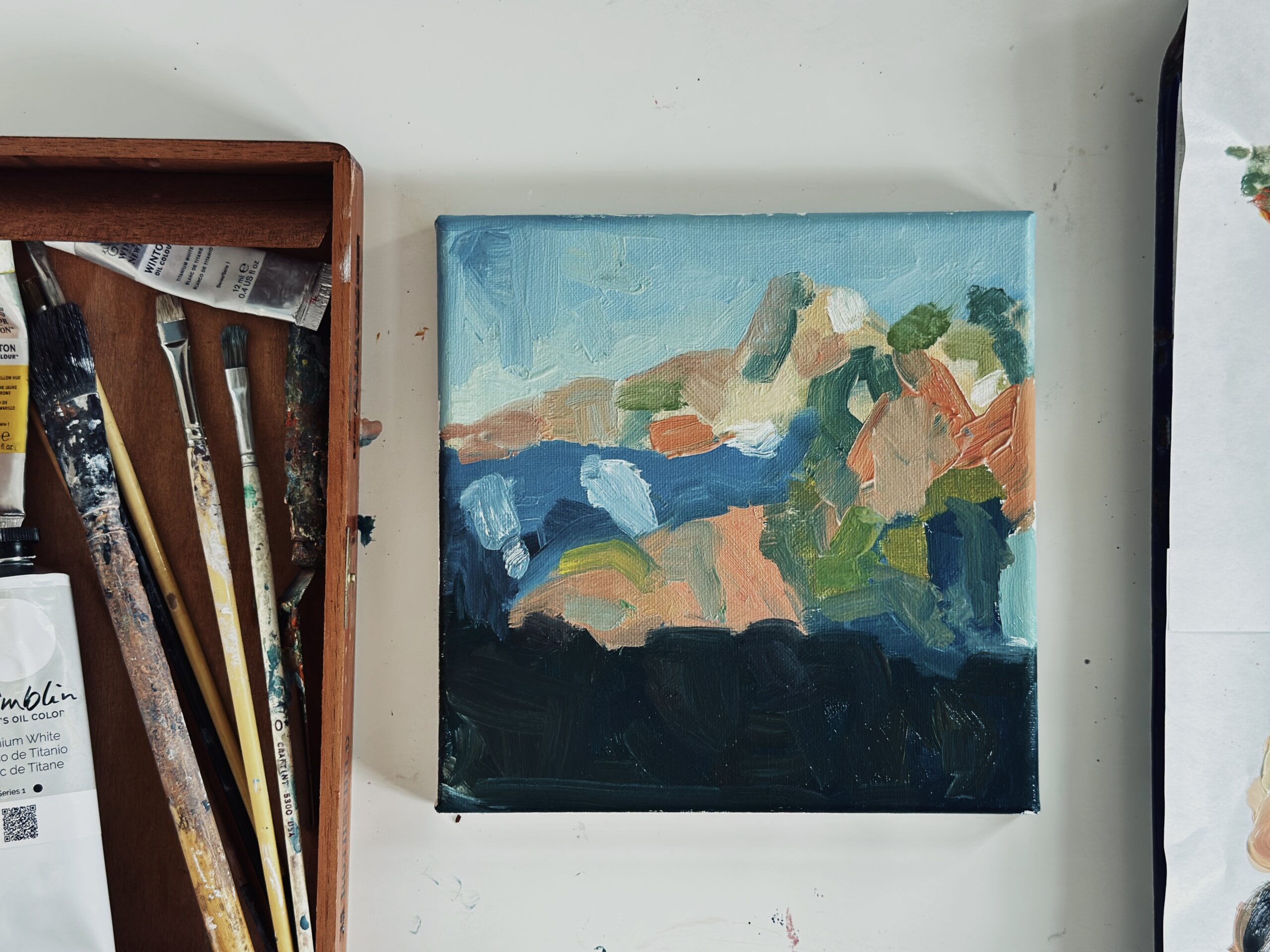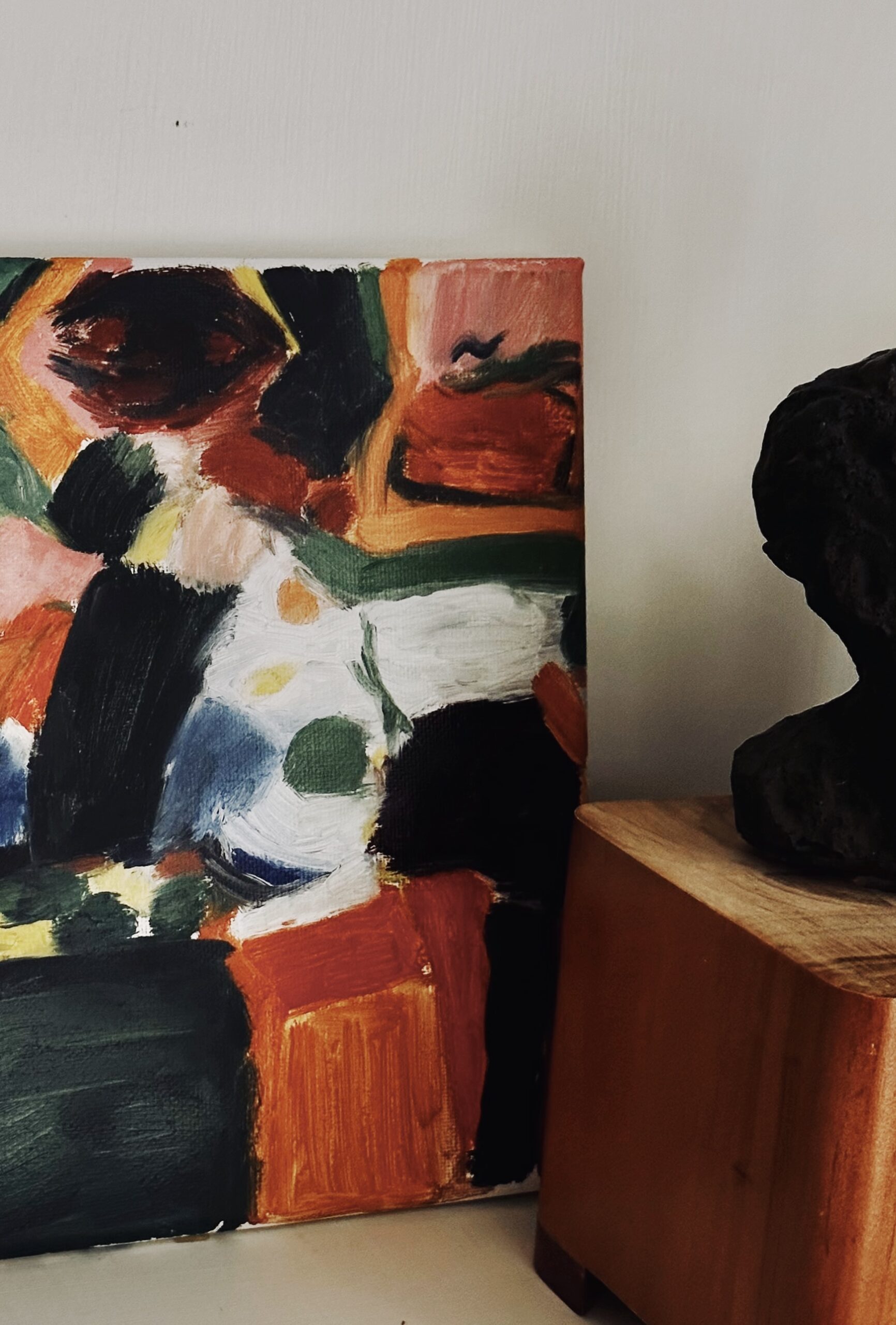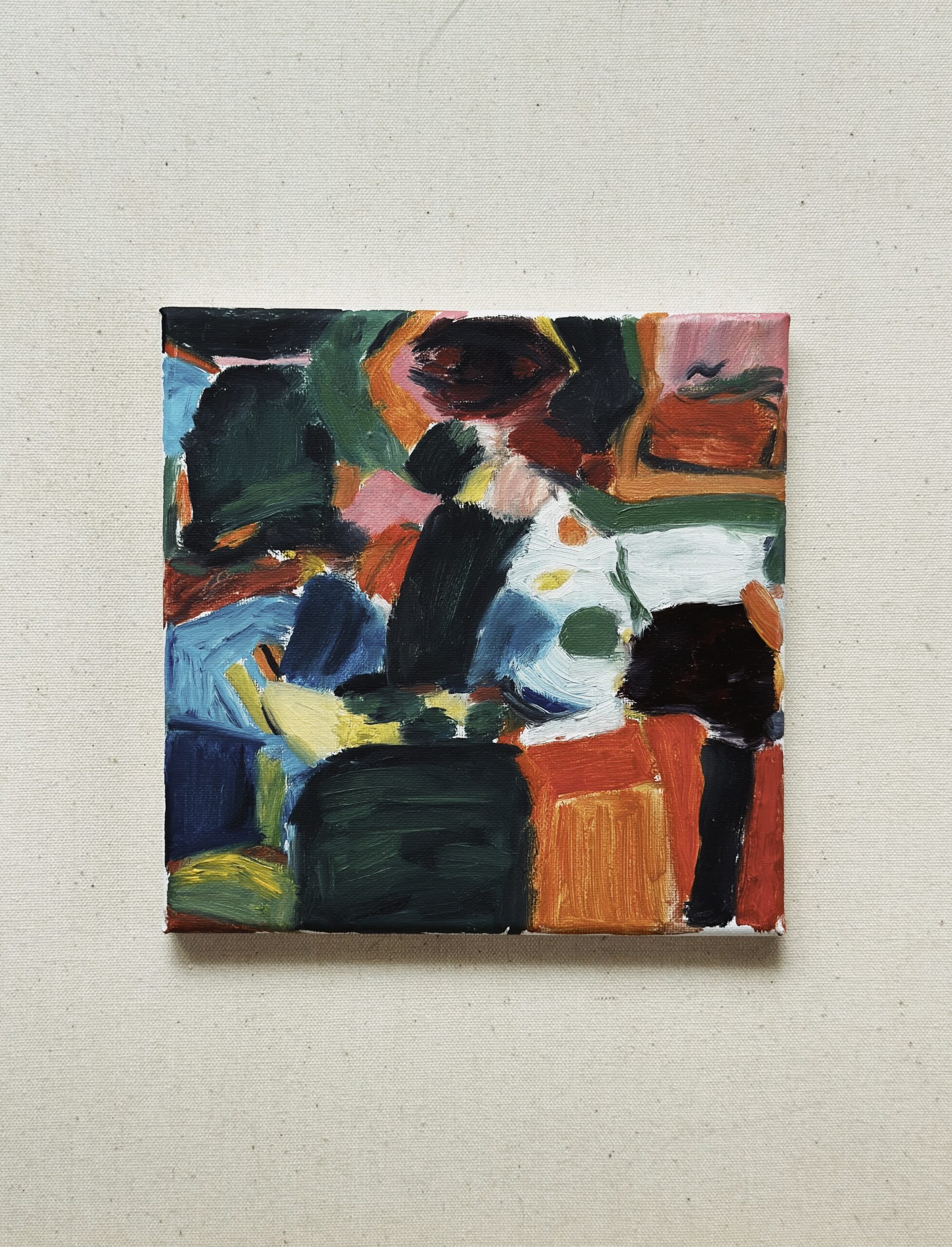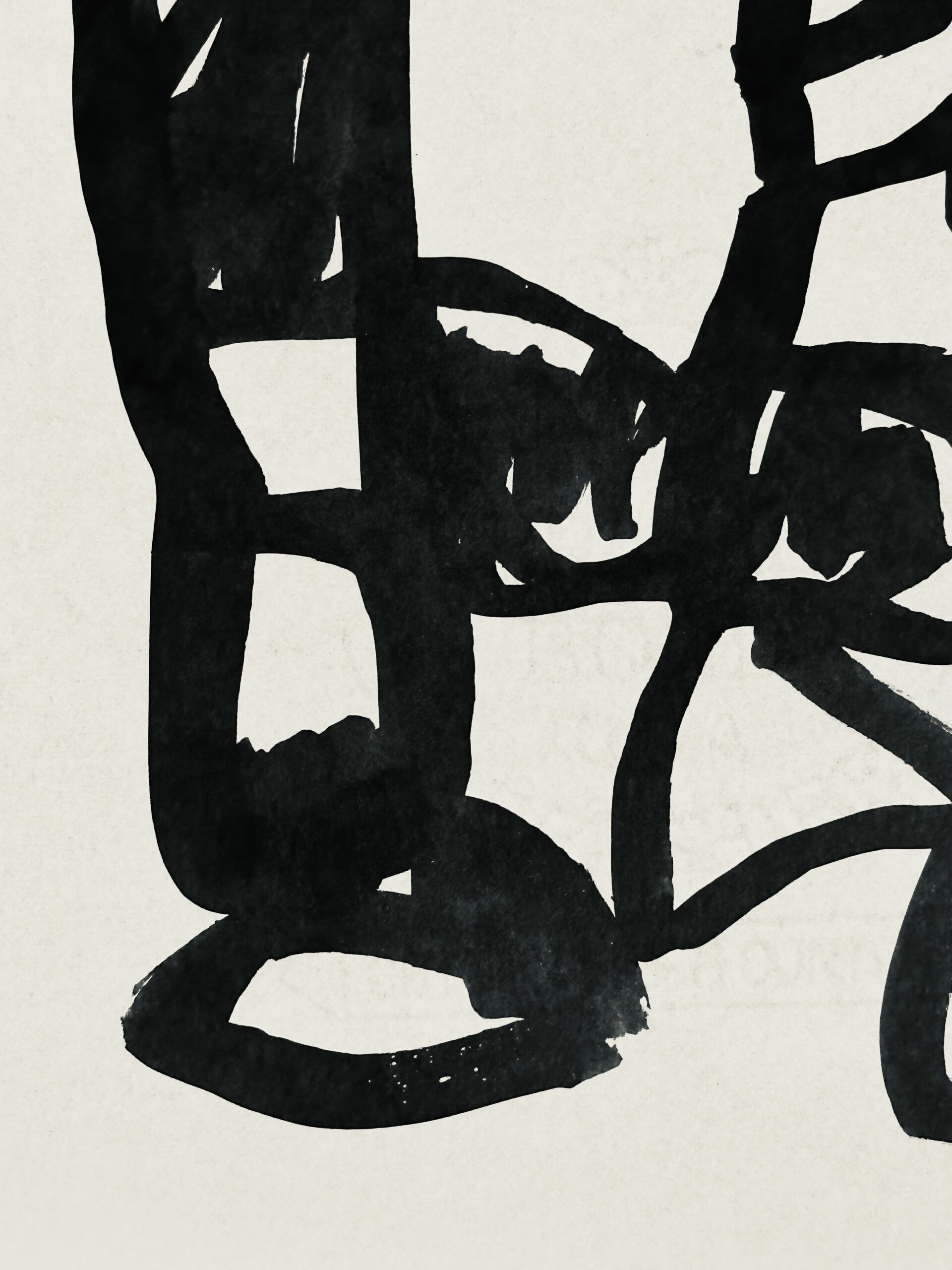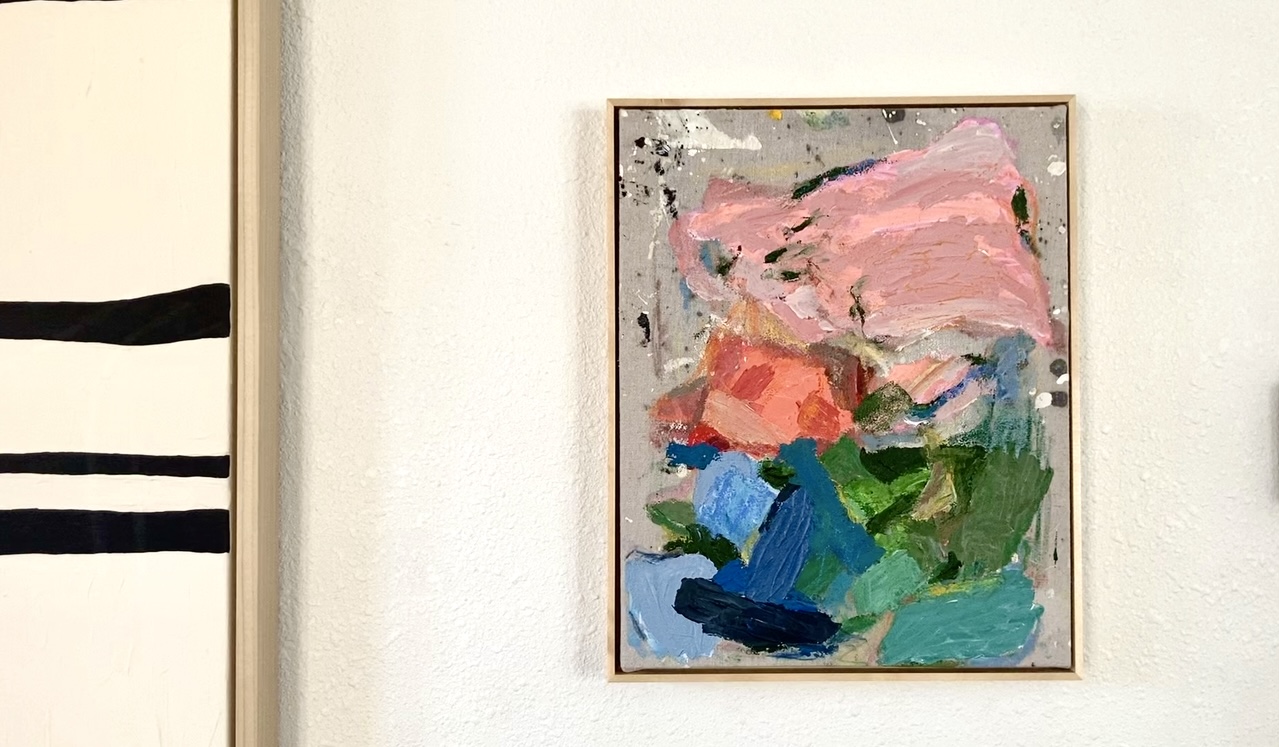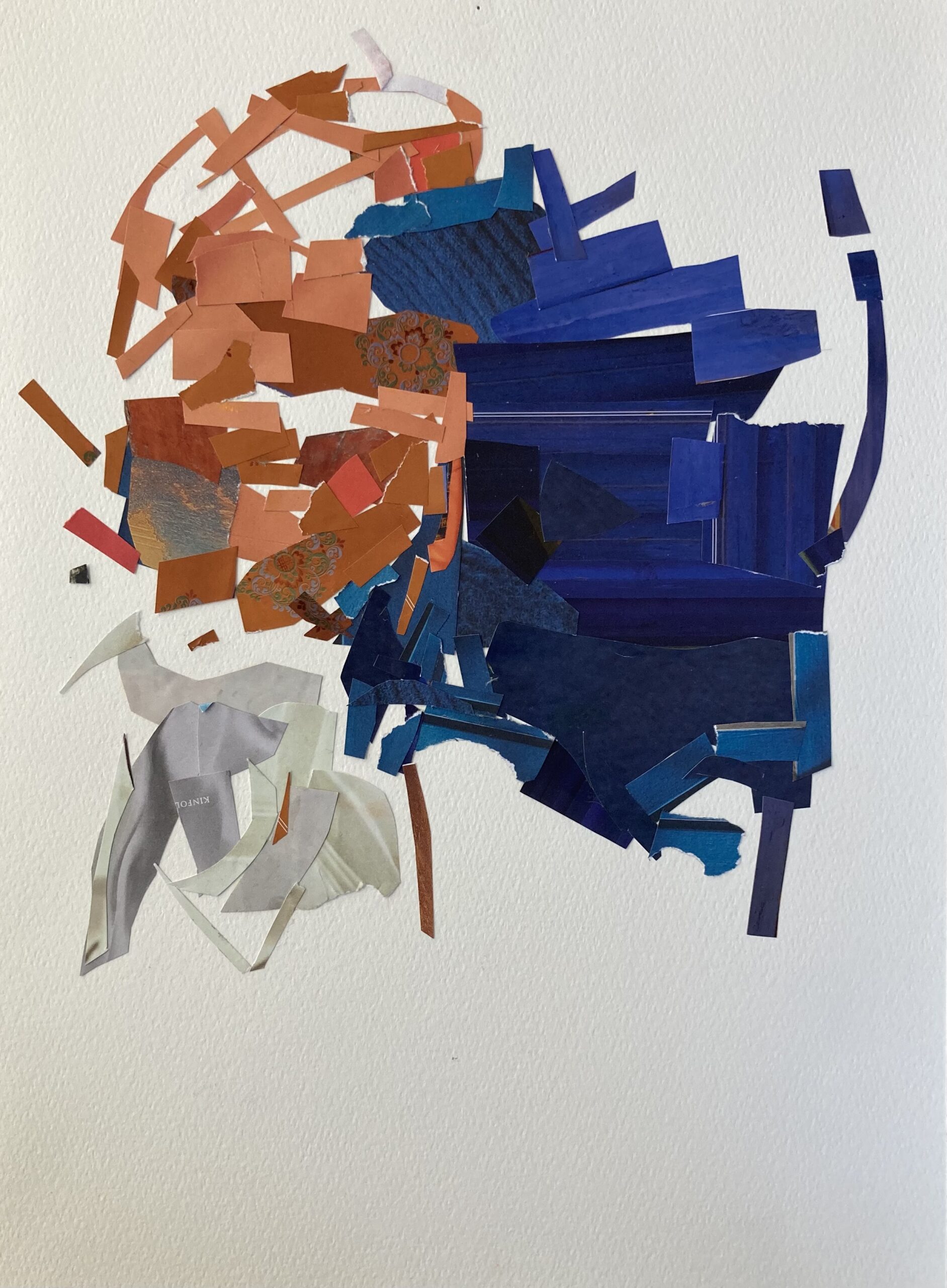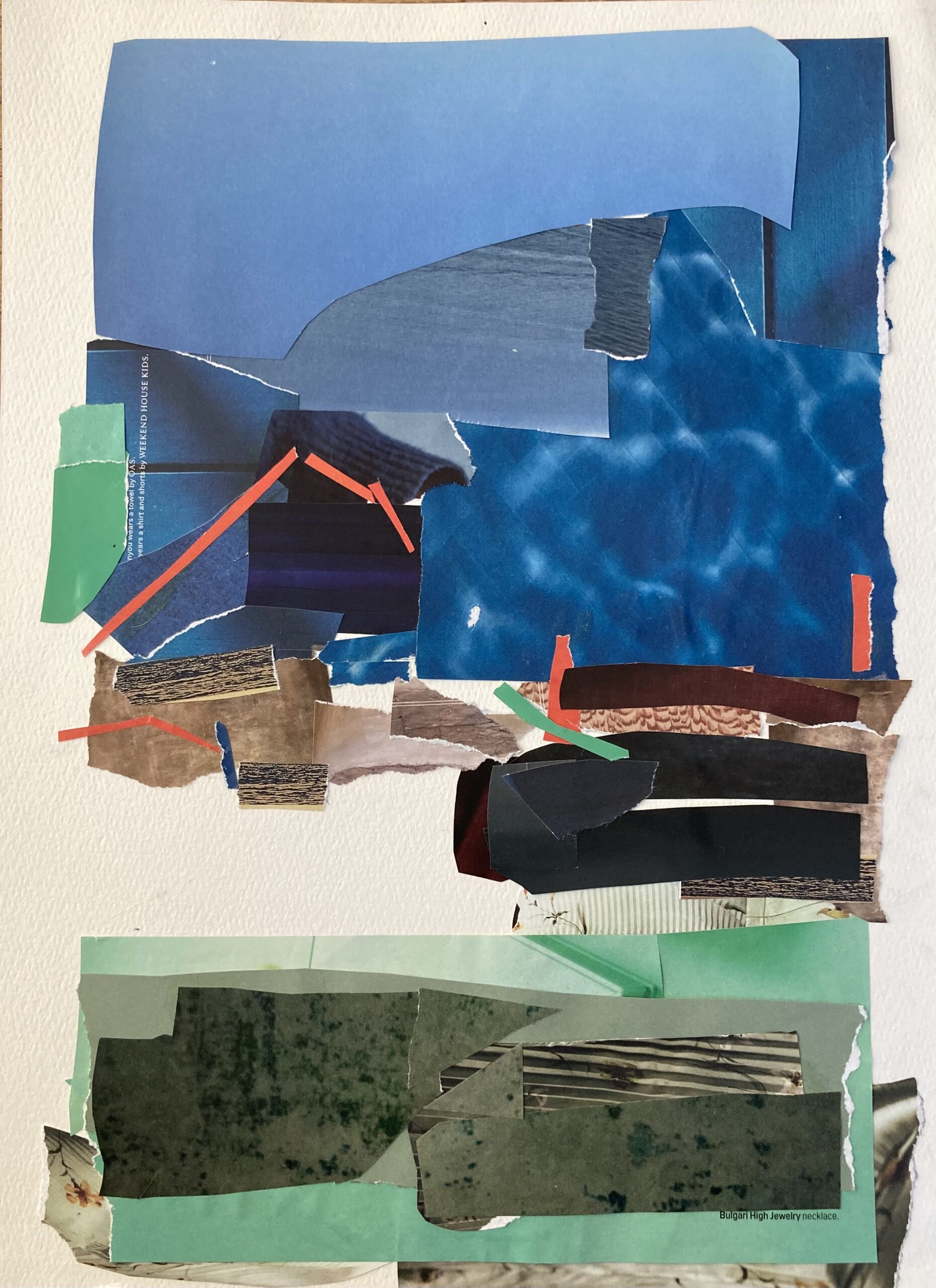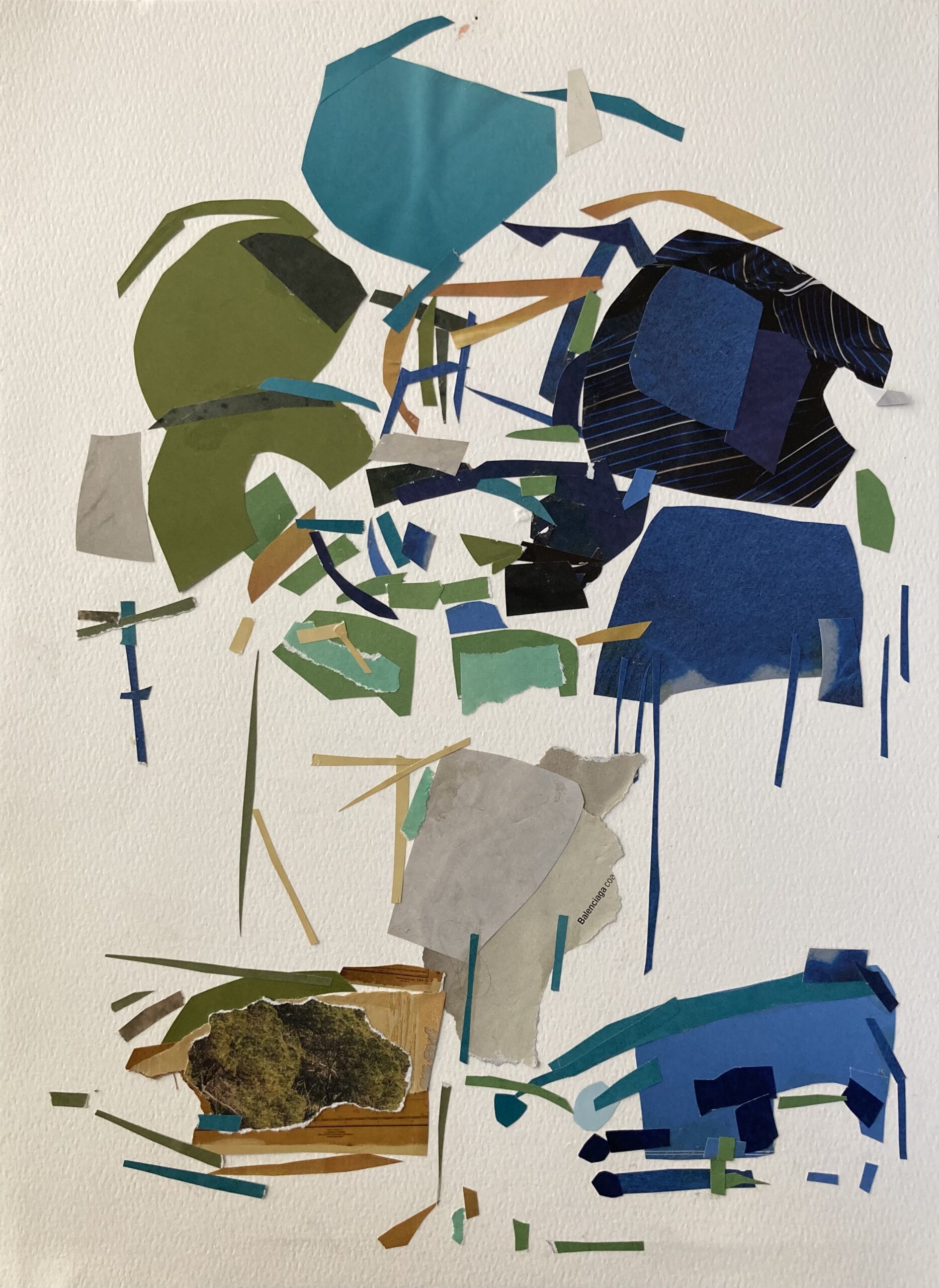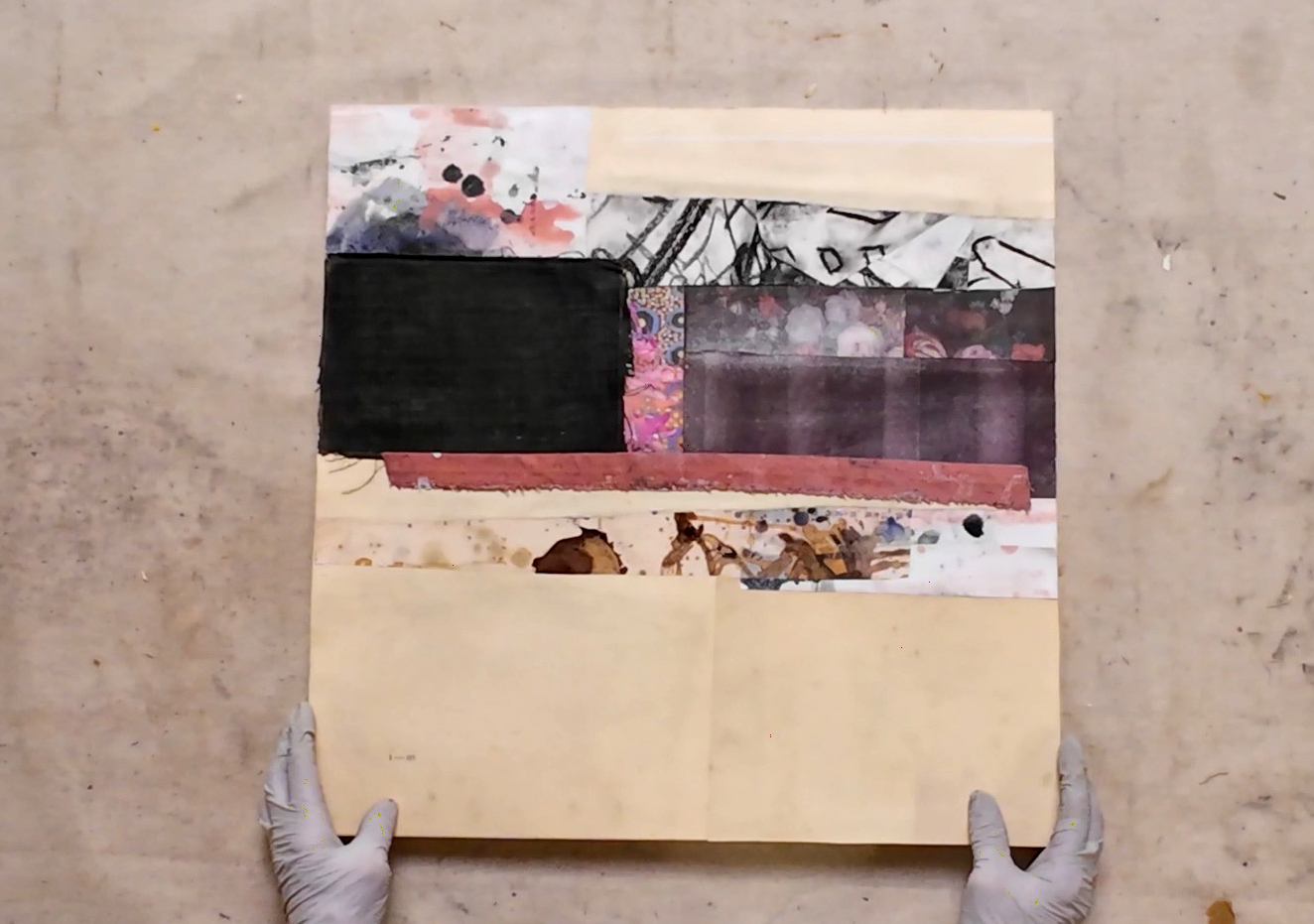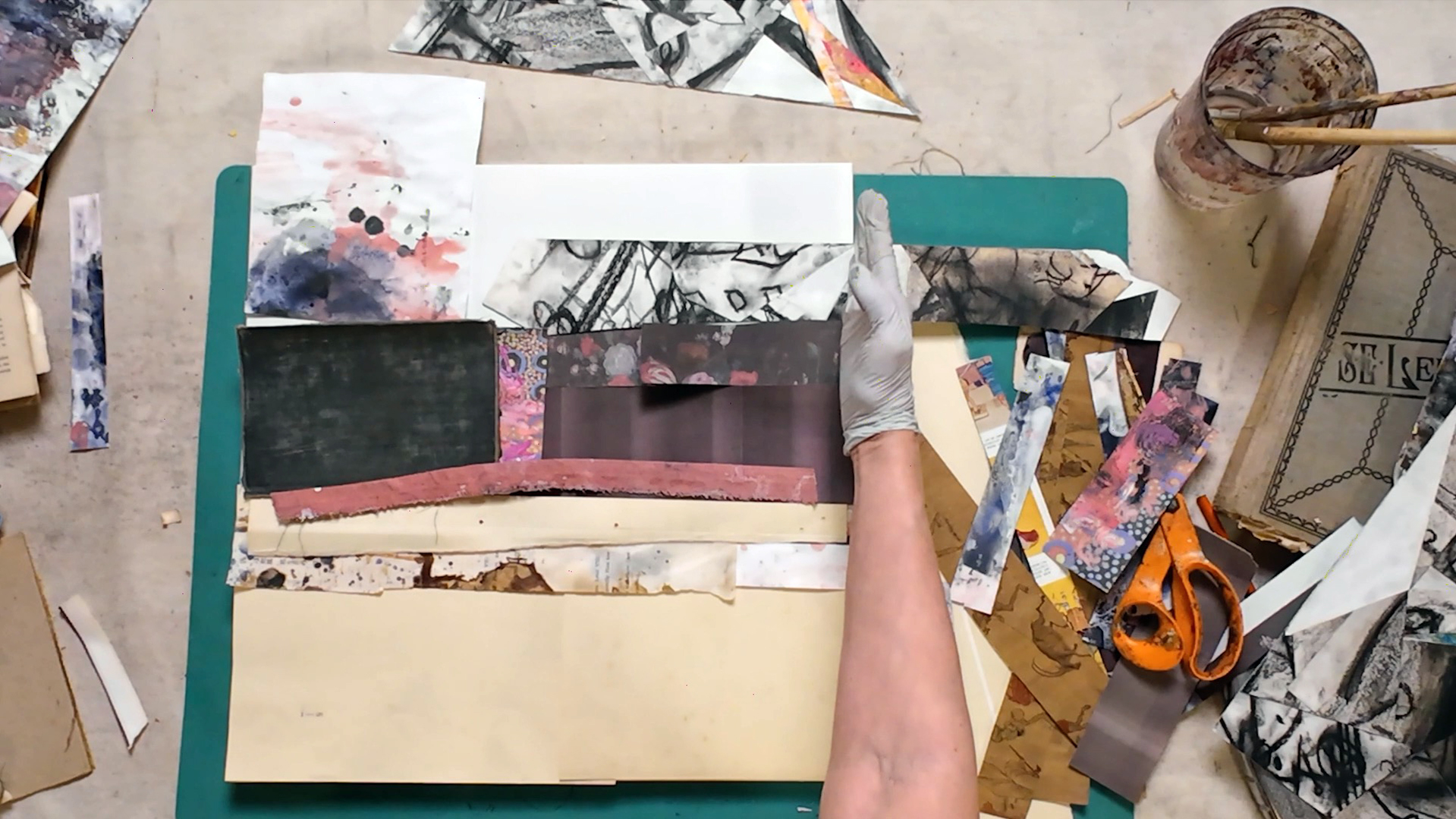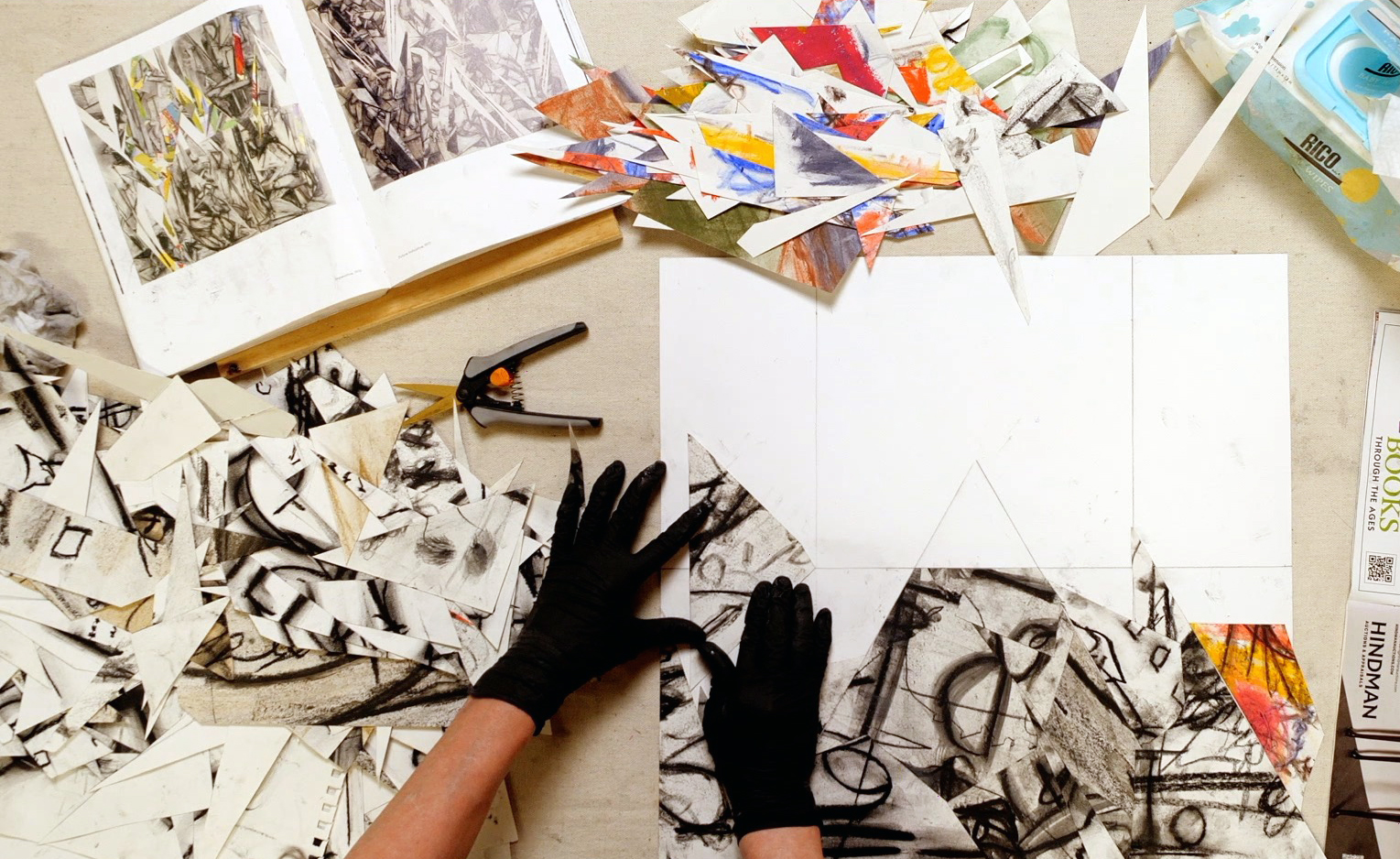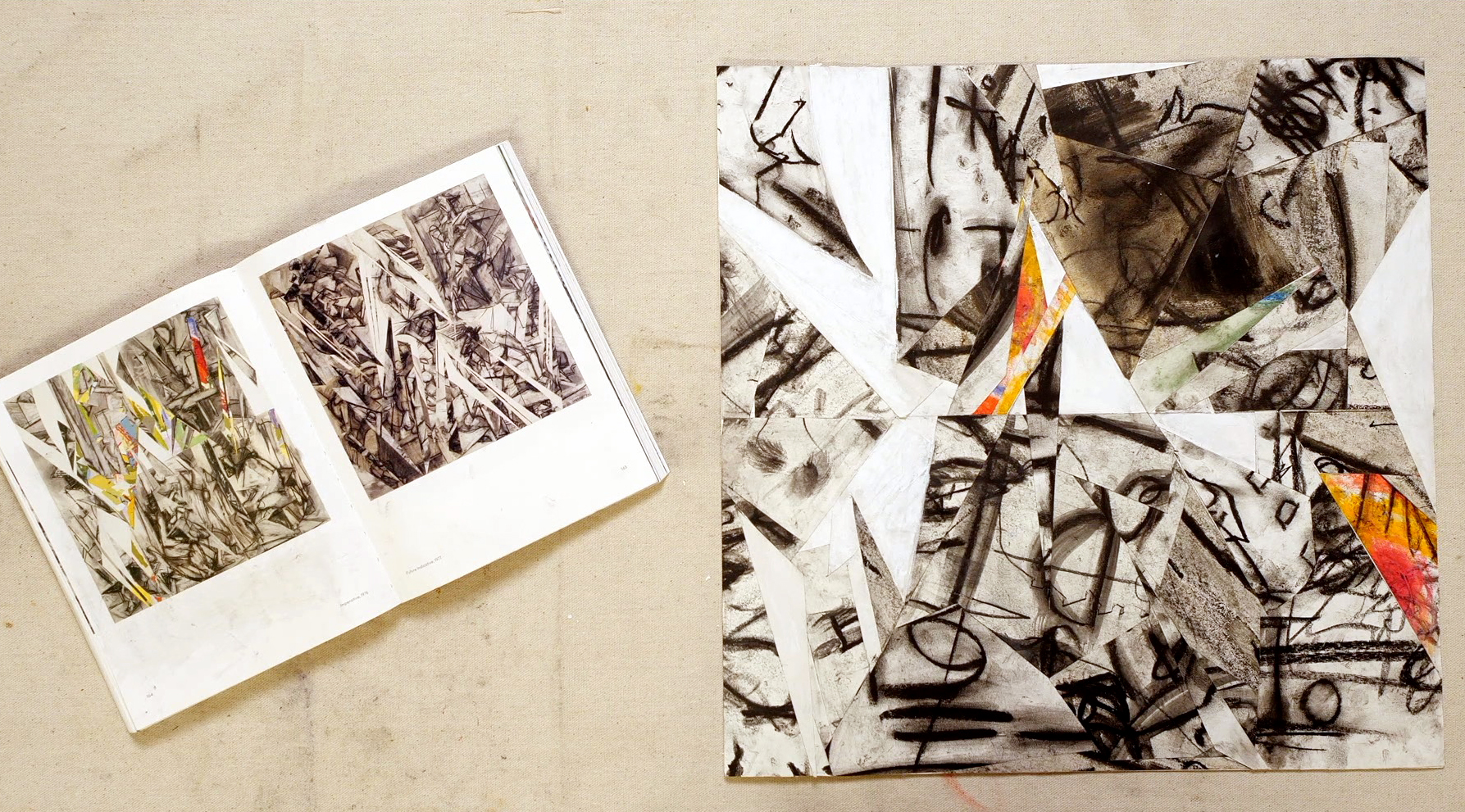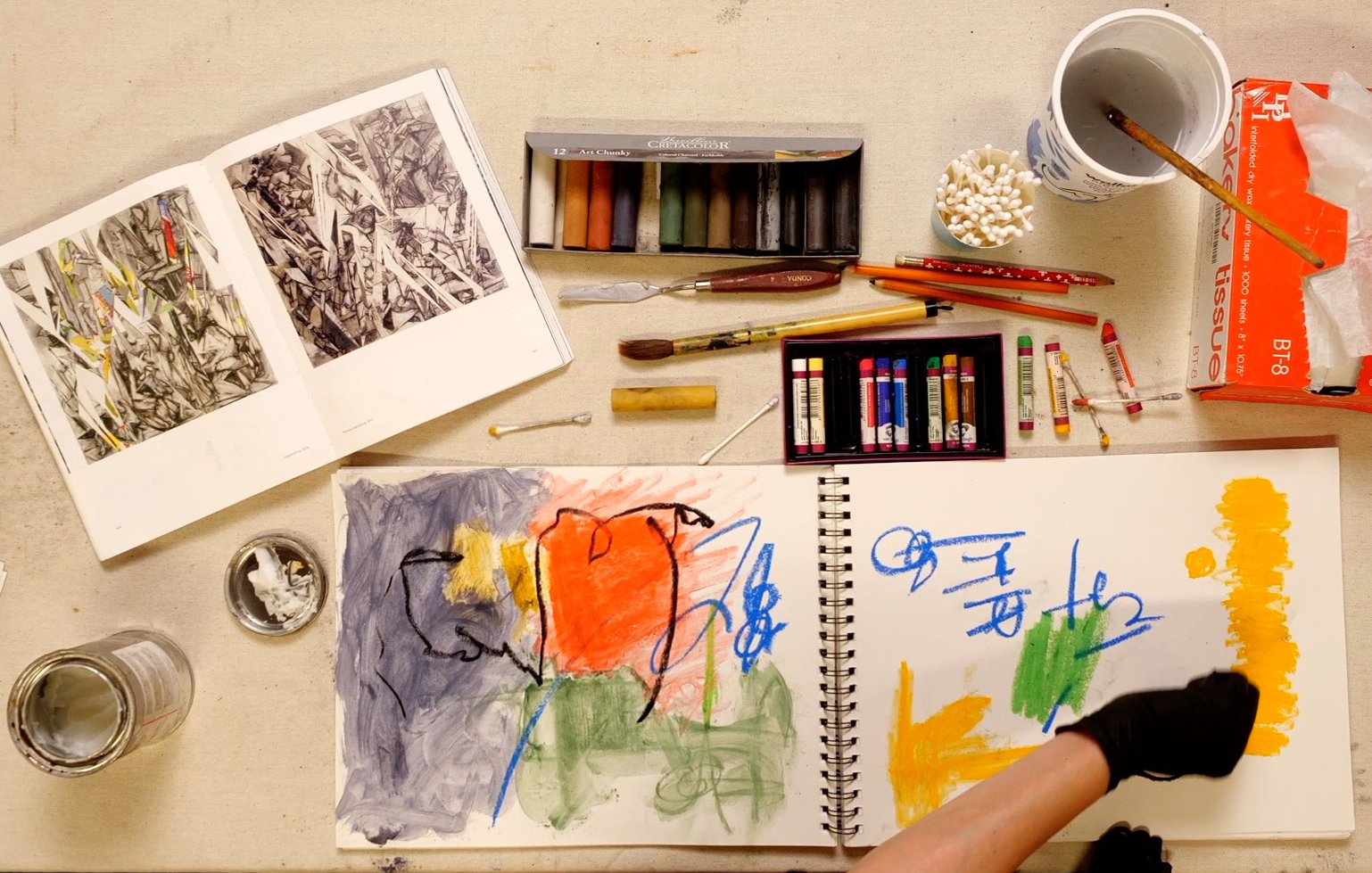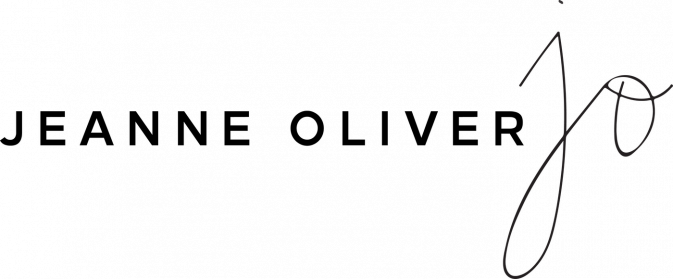Women of Abstract Expressionism
Course Description
Join 5 artists as we become the “apprentice”. Through discussion and technique videos, each artist will share their module with a woman of abstract expressionism. You’ll learn who their artist studied under, who influenced their work and what techniques and mediums they used. You will then watch as the artists incorporate what they have learned into their own work in their own style.
The Masters being studied: Helen Frankenthaler, Joan Mitchell, Elaine de Kooning, Lee Krasner and Grace Hartigan
If you love art history, learning new techniques and how to use them, creative warm-ups, what and who inspired some of your favorite artists, how to actually get into your creative space and MAKE ART, and how you can use inspiration to create new work in your own style…THIS COURSE IS FOR YOU!
An integral part of the artistic process was to “copy” the master artist. In this course, you will watch as these artists “copy” the works of another artist. They will share what techniques they learned and what they learned about their own creative process. You will then learn as they create art in their own style incorporating the techniques and/or medium of their chosen artist. You will leave this course with freedom in your creativity. Freedom to pull from everything around you that inspires you and how to incorporate it into your art. The confidence to realize that nothing is new under the sun and how to build upon others that have come before you.
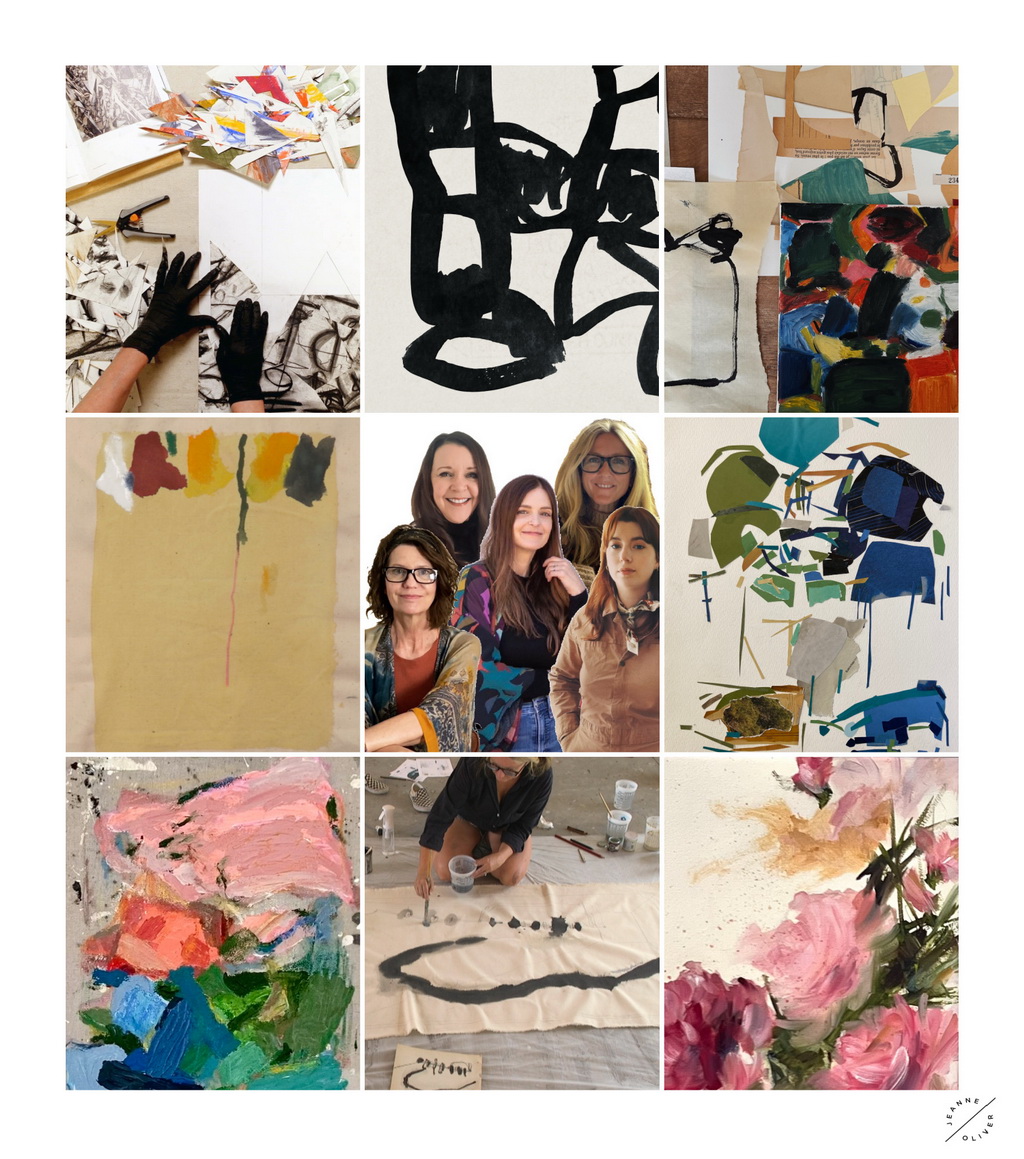
Module One: Jeanne Oliver Studying Under Helen Frankenthaler
Helen Frankenthaler is not only recognized as one of the great American artists of the 20th century but influential in the second wave of abstract expressionist painters. She is known as the pioneer of the soak-stain technique. Together we will study some of Helen’s works on paper, prints and paintings. Helen loved creating works that made the viewer feel immersed within the painting…join me as we immerse ourselves in her techniques and mindset. We will begin with smaller studies in both oils and acrylics, create prints using a gelli plate, create multiple studies of her work on raw canvas, create a book with our studies and then create a larger work on raw canvas using her influence.
“There are no rules… that is how art is born, that is how breakthroughs happen. Go against the rules or ignore the rules, that is what invention is about. “– H. Frankenthaler
Techniques Taught:
- Soak-stain technique
- Printmaking with a gelli plate
- Small studies using acrylic and oils
- Hand stitched book of studies.
- Large abstract on raw canvas
Module Two: Diane Reeves Studying Under Joan Mitchell
Joan Mitchell held her own in the male dominated world of abstract expressionism. With strength, courage and a healthy dose of defiance she stayed the path -joining the chorus of women that jointly paved the way for female artists. For Joan Mitchell, “it wasn’t the image of the tree, it was the moment” What are the moments in our lives that push us to paint? That create a feeling so deep that to know it is to paint it? In Women of Abstract Expressionism: Joan Mitchell we practice making marks by abstracting architectural images. We study, we simplify and we use color to explore lines and shapes.Join me in practicing Joan Mitchell’s wild and grounded compositions through collage. We will layer color and tune into where she placed colors, shapes and lines in her paintings.Finally, we use our own inspiration; an image of a place we deeply love to create our own abstract sketch, abstract collage and then our own abstract painting. Embodying the beauty that Joan Mitchell brought into our world.
Techniques Taught:
- Abstract collage of a landscape
- Sketching with pastels
- Practice quick sketching to simplify a painting composition
- Abstract landscape with acrylic paint
- Study composition through collage
Module Three: Renee Mueller Studying Under Elaine de Kooning
Elaine de Kooning was an American artist and writer deeply rooted in the Abstract Expressionist movement. Her work is marked by dynamic brushwork and energy that blur the lines between abstraction and figurative work.In her portraits, Elaine did more than capture a likeness; she tapped into the very soul of her subjects. Instead of focusing on meticulous details, she embraced a loose, gestural style that pulsed with motion and emotion. Elaine’s use of color was another characteristic of her style. She often used bold, vivid hues, layering them to create depth and texture. The interaction between light and shadow in her work was subtle yet powerful, adding to the dynamic quality of her paintings. In the first lesson, we will study Elaine’s portrait of Bernice Sobel. We will examine the overall composition, color palette, energetic brush strokes, and how she captured her subject’s expression and the essence of her personality. To fully embrace Elaine’s work, it was important to work in oils and use the paint colors available to artists during the 1950s and 1960s. In the second lesson, I will apply what I learned from the master copy to my own work. Looking at many of Elaine’s portraits and still life, I loved how she loosely painted florals and plants, and I want to bring that feeling to this lesson. I gathered flowers from local flower growers, created a still life, photographed it, and used it to inspire the painting.
Techniques Taught
- Working with Oils and non-toxic solvents
- Composition
- Creating a working color palette
- Expressive Brush Strokes
- Portrait and expression
- Skin Tones
- Expressive florals in oils
Module Four: Crystal Marie Studying Under Lee Krasner
Diving into the revolutionary technique of one of Abstract Expressionism’s leading pioneers, Lee Krasner, we’ll explore how Krasner masterfully deconstructed her own paintings, sketches, and scraps from her studio—to create bold, dynamic collages. Using the concept of “controlled chaos,” this workshop will give the participant permission to sketch, color, and draw with an abstract sensibility, before deconstructing these works into fragments and reassembling them using Lee Krasner’s renowned 1976 collage work, Imperative, to guide us. Krasner’s process was one of both destruction and creation, and we’ll turn each step into a cathartic reinvention, encouraging you to trust your own eye, deconstruct your work, and transform it into something fresh and exciting.
Techniques Taught
- Mark Making with charcoal and oil pastels
- Combining oil pastels with cold wax medium
- Deconstructing older works and materials for collage elements
- How to “see” the art and elements with an eye for reuse in collage
- Learn to trust your own decisions and eye to create a composition
Module Five: Julia Muller Studying Under Grace Hartigan
Grace Hartigan was a force of a woman who stayed true to her artistic desires and visions despite the chaos around her. She saw the world in shapes and shadows and expressed her experiences through gestural abstraction and striking compositions on canvas. Join me as we discover the world of abstract expressionism through the eyes, mark making, and vibrant colors of Grace Hartigan. In this course we will do exploratory exercises to loosen up our creativity as well as dive into the art of painting with oils. We will create ink contour drawings that are inspired by Grace’s lithographs. We will create a playful cut paper collage using vintage ephemera and loose scraps. These similar exercises helped influence Hartigan’s works through color, shape and composition. We will recreate one of Hartigan’s oil paintings as well as learn how to incorporate some of her techniques and abstract thinking into our own personal art. “No rules… I must be free to paint anything I feel.” – G.H
Techniques Taught
- Ink contour drawings
- Cut paper collage
- Abstract expressionism with oil paints


